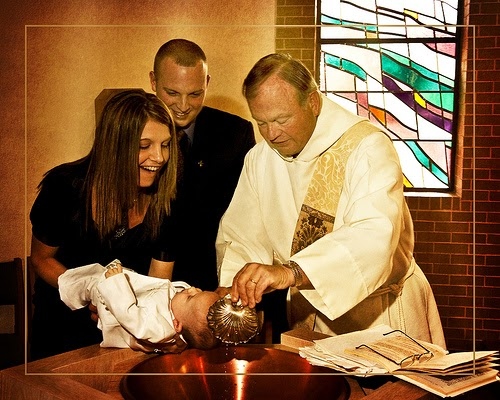Wounds Transformed: Finding Flourishing in Christ's Suffering

The affliction of wounds is an inescapable part of the human experience. We often try to hide them, deny their existence, or even parade them as a defining feature of our identity. Yet, these extremes only serve to deepen our suffering. In his insightful book, Cistercian monk Varden, drawing upon the medieval poem of Arnulf of Leuven, guides us towards a profound understanding of wounds, not as isolated afflictions, but as points of connection with the wounds of Christ. He gently encourages us to move beyond a superficial understanding, urging us to consider how our own wounds can be transformed through Christ's sacrifice, leading to a path of healing and flourishing. Varden challenges us to shift our perspective, asking how we can experience Christ’s wounds not merely as a juridical act of redemption, but as a living source of healing. He emphasizes the contextual nature of wounds, reminding us that they feed on what was once whole. This understanding allows us to see our own wo...




